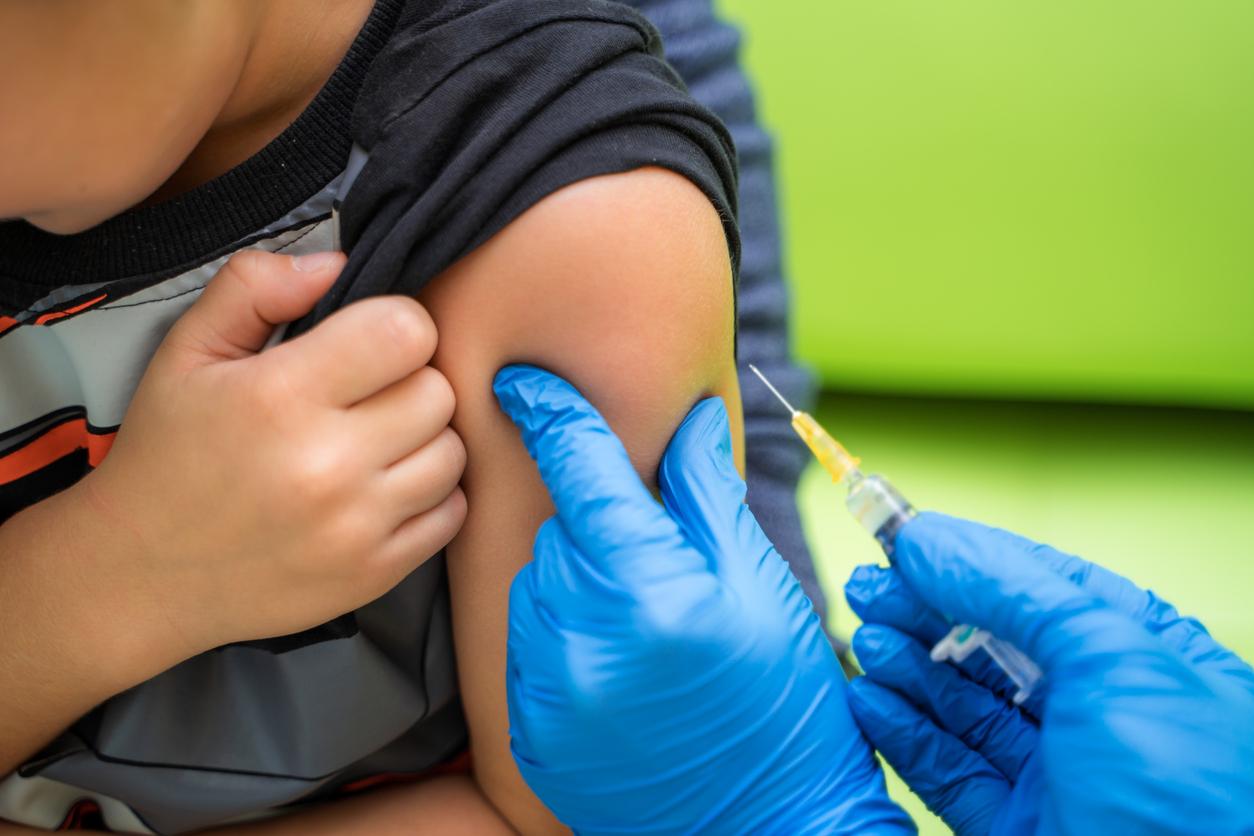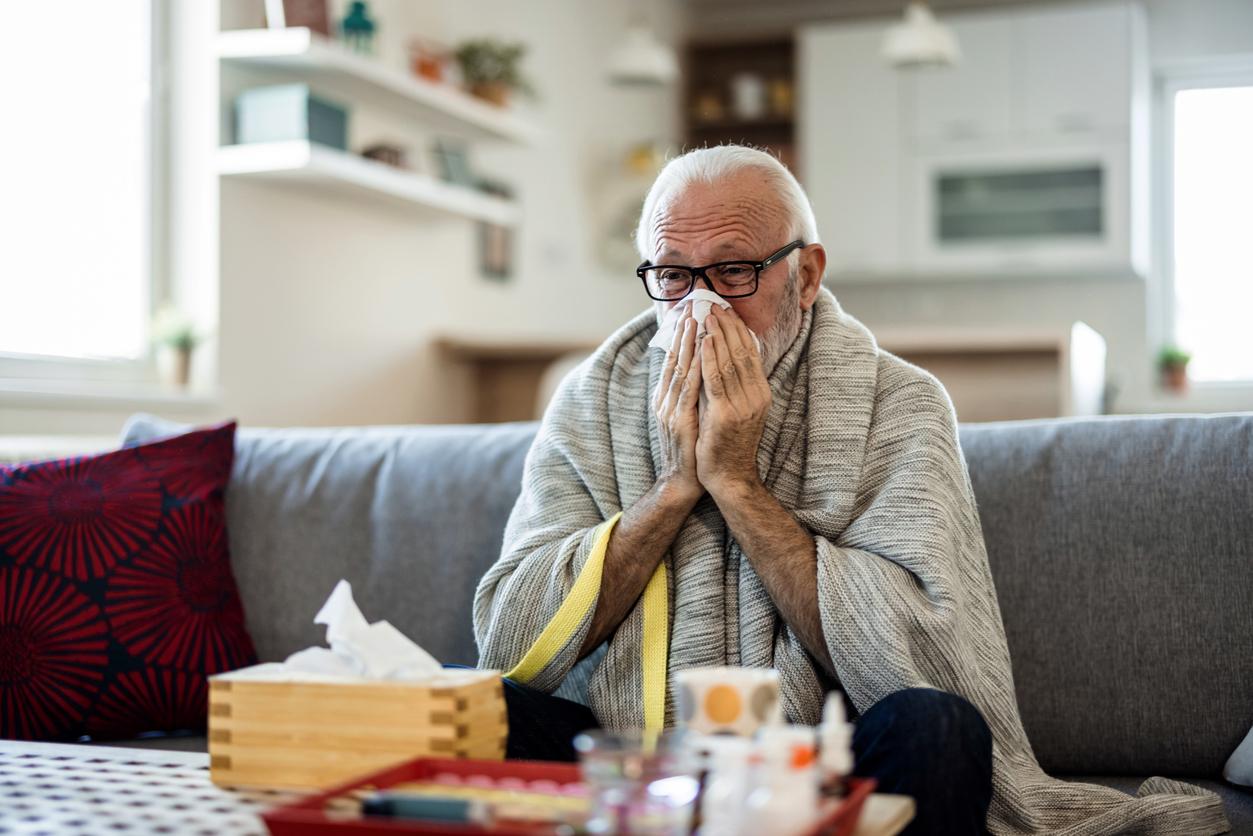Global childhood vaccination rates are failing to return to pre-Covid-19 levels, UN agencies warn.

- Compared to the pre-pandemic level in 2019, an additional 2.7 million children remain unvaccinated, or incompletely vaccinated, in 2023.
- By 2023, only 84% of children in the age group that should have received this vaccine, or 108 million, had actually received three doses of the diphtheria, tetanus and pertussis vaccine.
- “Global vaccination coverage has not yet fully recovered from the historic decline observed during the pandemic.”
Childhood vaccination rates worldwide are stagnating and have still not returned to pre-COVID-19 levels, the United Nations Children’s Fund (UNICEF) and the World Health Organization (WHO) announced in a joint statement on Monday.
Global vaccination coverage still declining
Compared to the pre-pandemic level in 2019, an additional 2.7 million children remain unvaccinated, or incompletely vaccinated, in 2023. “Recent trends show that many countries continue to neglect too many children”deplores UNICEF Executive Director Catherine Russell.
In 2023, only 84% of children in the age group that should have received this vaccine, or 108 million, actually received three doses of the diphtheria, tetanus and pertussis (DTP) vaccine, the third dose serving as a key marker of global vaccination coverage, according to data published by the agencies.
This percentage has not changed since 2022, which means that the modest progress observed that year, after the sharp decline due to the Covid-19 crisis, has “marked time”. Before the pandemic, in 2019, this rate was 86%.
14.5 million children will not have received any vaccine doses in 2023
“Global vaccination coverage has not yet fully recovered from the historic decline observed during the pandemic,” explains Kate O’Brien, head of immunization at WHO. In 2023, 14.5 million children worldwide were said to be “zero dose”: they had not received any dose of vaccine, a figure that has been steadily increasing since 2019. “This puts the lives of the most vulnerable children at risk.”
Half of the world’s unvaccinated children live in 31 conflict-affected countries, where they are particularly exposed to certain preventable diseases, due to insecurity and poor access to food and health services. This particularly contributes to the development of certain diseases such as measles, one of the most infectious.

Last year, 83% of children worldwide received their first dose of the measles vaccine, the same level as in 2022 but still below the 86% before the pandemic. But there were more than 300,000 cases of measles in 2023, nearly three times the number the previous year, UNICEF says, and no fewer than 103 countries have experienced measles outbreaks in the past five years.
“We will not be able to close this vaccine gap without a global effort, UN agencies say. Governments, partners and local leaders must invest in primary health care and community workers to ensure every child is vaccinated and work to strengthen health care across the board.”
















